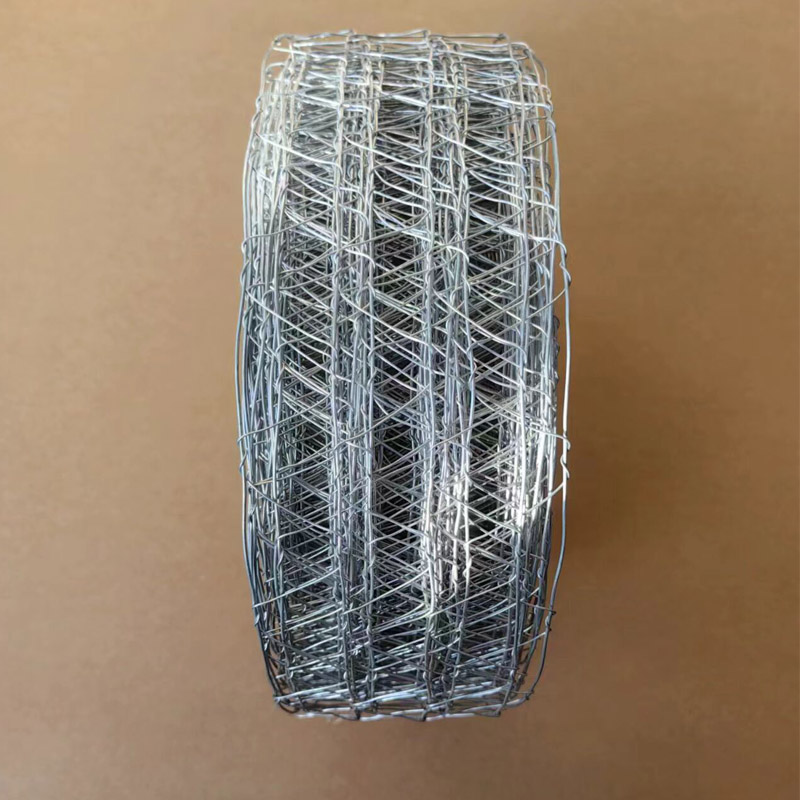
- Mobile Phone
- +8613931874955
- sales@cntcmetal.com
Effective Techniques for Building Durable Tie Walls in Construction Projects
Tie Wall Construction An Overview
Tie wall construction is an innovative technique employed in various engineering and architectural projects, particularly in areas where soil stability is a concern. These structures are designed to provide support and stability to vertical walls, ensuring that they can withstand lateral pressures, especially in environments where heavy rainfall, flooding, or seismic activity can pose risks. In this article, we will explore the fundamental concepts of tie walls, their applications, benefits, and construction methods.
Understanding Tie Walls
At its core, a tie wall is a reinforced wall system that utilizes various materials such as concrete, masonry, or steel. The key feature of a tie wall is its ability to tie or connect to adjacent structures or ground anchors, creating a system of support that can effectively counteract lateral forces. This is particularly important in retaining wall applications where the wall must hold back soil and water pressure.
The basic principle behind tie wall construction involves the use of tiebacks, which are rods or cables anchored into the ground or connected to other structural elements. These tiebacks apply tension on the wall, stabilizing it against the pressure exerted by soil or water. The reliability of tie walls makes them an essential component in various projects, from highway construction to landscaping and residential developments.
Applications of Tie Walls
Tie walls find extensive applications in a variety of fields. One of the most common uses is in retaining walls, where they are essential in preventing soil erosion and managing water runoff. In urban settings, tie walls are often used to create level surfaces for buildings on sloped landscapes, ensuring that foundations remain secure.
Another crucial application is in construction projects near water bodies, such as rivers and lakes. Tie walls help prevent soil displacement and protect infrastructure from flood-related damage. Additionally, they are frequently employed in excavation projects where deep cuts are necessary, providing the required support to prevent collapses or slides.
Benefits of Tie Wall Construction
tie wall construction

The use of tie walls offers numerous advantages. Firstly, they enhance the stability of structures by distributing lateral loads effectively, which can prevent costly damages and failures. This aspect is particularly critical in areas subject to natural disasters like earthquakes or floods.
Moreover, tie walls can be constructed using a variety of materials, allowing for flexibility in design and implementation. They can also be integrated with other construction techniques, such as soil nailing or shotcrete, to enhance their strength and durability.
From a cost perspective, tie wall construction can be more economical when compared to traditional wall systems. Their design often requires less material and labor, ultimately reducing overall construction costs. Furthermore, the ability to use them in challenging topographical locations means that developers can maximize land use while minimizing environmental impact.
Construction Methods
The construction of tie walls involves several key steps. Initially, a thorough site assessment is conducted to evaluate soil conditions and determine the necessary design specifications. Once the design is finalized, excavation begins, followed by the installation of the wall structure.
After constructing the wall, tiebacks are installed. This process usually requires drilling into the ground to secure the anchors, which are then tensioned to maintain the wall's stability. Finally, the area around the wall may be backfilled and compacted to ensure proper drainage and support.
Conclusion
Tie wall construction is a critical technique in modern engineering that provides essential support for various structures. Its versatility, cost-effectiveness, and ability to enhance stability make it a preferred choice in numerous applications. As urban development continues to expand and environmental challenges persist, the role of tie walls will become increasingly important in ensuring the integrity and safety of our built environment.
share:
-
Yard Sign Stakes: Reliable Guardians of Outdoor SignsNewsAug.04,2025
-
Wall Ties: Invisible Guardians of Building StabilityNewsAug.04,2025
-
Resilient Web: The Super Guardian Power of Concrete MeshNewsAug.04,2025
-
Masonry Accessories: A versatile assistant on building foundationsNewsAug.04,2025
-
Iron Binding Wire: the 'invisible reinforcement specialist' in the fields of architecture and industryNewsAug.04,2025
-
Dynamic Spring: The diverse functions and excellent performance of Wire Tension SpringNewsAug.04,2025
-
Your Source for Concrete Wall Ties and Masonry AccessoriesNewsJul.10,2025



















